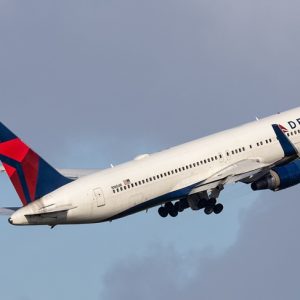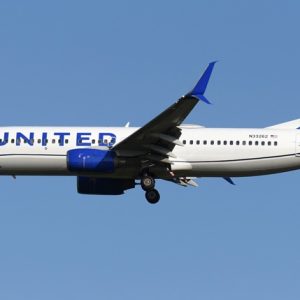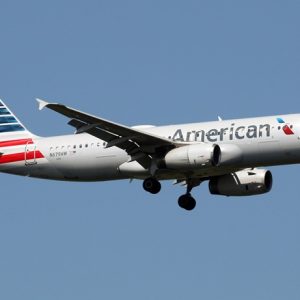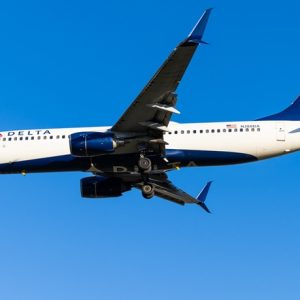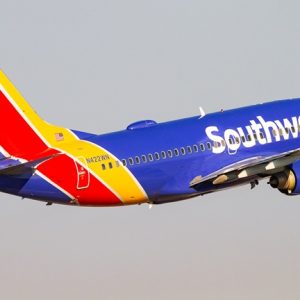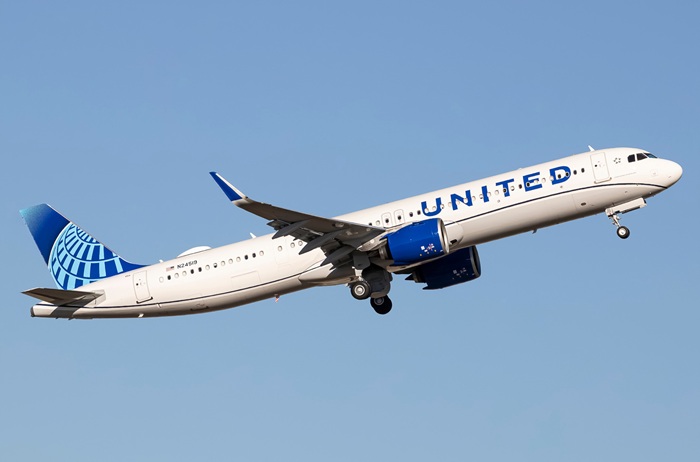
Travelers who show up to an airport without a Real ID or a passport may have to pay an additional $18 to fly.
The new fee, which the Transportation Security Administration (TSA) first announced in the Federal Register on Nov. 20, is intended to cover the costs of the agency’s new “modernized alternative identity verification program.”
The program is being created as an alternative for travelers who don’t have a Real ID or passport and instead reviews the traveler’s biographic and/or biometric information to verify their identity.
To cover the associated costs, the agency said travelers who opt for the new program will be required to pay $18 per each 10-day period.
“Identity verification is the first step in the physical screening process at a TSA security checkpoint and the last link in intelligence-based traveler prescreening, ensuring that high-risk travelers are identified, and all individuals are directed to the appropriate level of physical screening designated by Secure Flight, TSA’s passenger prescreening program,” the TSA wrote in its notice, adding “The current alternative identity verification process is time and resource intensive, limiting the number of individuals for whom TSA can provide the service.”
The agency said collection of the new fee “will begin when TSA announces that individuals may register for the modernized alternative identity verification program on the TSA website TSA.gov.” The agency added it may choose to modify the fee in the future through a notice published in the Federal Register.
However, participating in the modernized alternative identity verification program “is optional and does not guarantee an individual will be granted access to the sterile area of an airport.”
To avoid extra fees along with potential screening delays, travelers should come prepared with either a Real ID or a passport. You can tell if a driver’s license or other ID is Real ID-compliant by checking for a star marking in the upper portion of the card.
The Real ID requirement went into effect for airports in May of this year following a years-long effort and C.O.V.I.D.-.1.9-related delays. In addition to certified licenses, passports, U.S. passport cards, and Global Entry cards are considered acceptable forms of Real ID.
To obtain a Real ID-compliant license, applicants should check with their local state’s driver’s licensing agency and make an in-person appointment.
They will have to provide several forms of identification, including their Social Security number and two proofs of address, according to the TSA.
